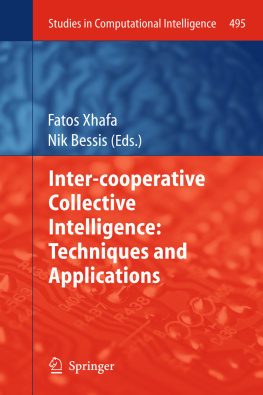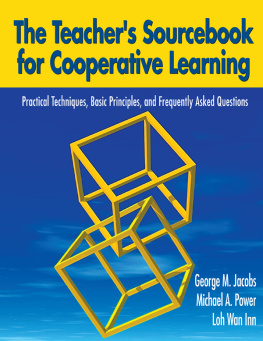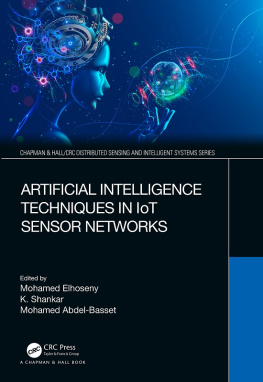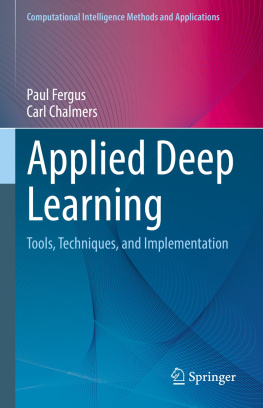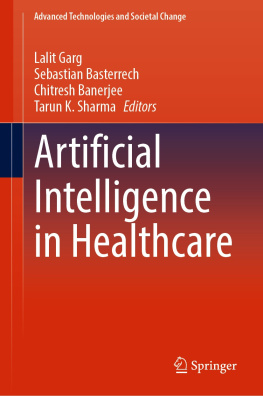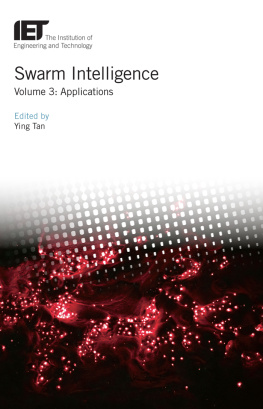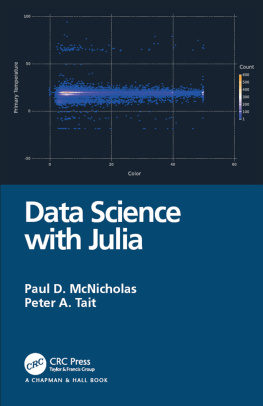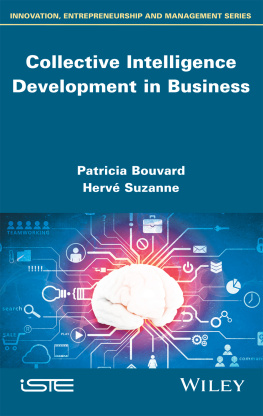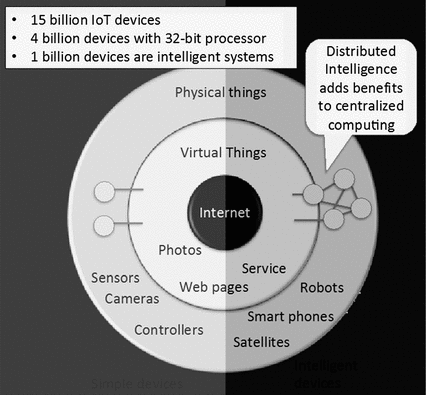Fatos Xhafa and Nik Bessis (eds.) Studies in Computational Intelligence Inter-cooperative Collective Intelligence: Techniques and Applications 2014 10.1007/978-3-642-35016-0_1 Springer-Verlag Berlin Heidelberg 2014
Internet of Intelligent Things: Bringing Artificial Intelligence into Things and Communication Networks
Abstract
This chapter introduces the Internet of Intelligent Things (IoIT), the future Internet of Things (IoT) with significant intelligence added to things. We discuss the importance of Artificial Intelligence approaches to enable such Intelligent Communication Networks. Nowadays, sensor networks are becoming a reality, especially for remote monitoring of events in fields such as healthcare, military, forest integrity or prediction of seismic activity in volcanoes. Intelligent devices and sensors are also appearing, besides electronic home appliances and utilities, as gadgets to mobile phones or tablets. And some of these devices have capability to actuate on the world. This chapter is focused on surveying current approaches for the Internet of all these intelligent things connected and communicating. It addresses artificial intelligence techniques employed to create such intelligence, and network solutions to exploit the benefits brought by this capability.
Introduction
Internet changed the way we communicate. And as time passed by a large number of objects were connected to the Internet, giving rise to the Internet of Things (IoT), which refers to a multitude of uniquely identifiable objects (things) that are connected through the Internet []. For instance, fridges might be connected to the Internet and present people with information about current fresh food stock, clothes might read relevant biomedical information and alert people if any action is needed, or umbrellas might receive information from the weather service and glow when it is about to rain so people do not forget to take them.
The concept behind IoT is the pervasive presence around us of a variety of things or objectssuch as Radio-Frequency Identification (RFID) tags, sensors, actuators, mobile phones, etc.which through unique addressing schemes are able to interact with each other and cooperate with their neighbours [), spanning from home automation, assisted living, e-health, smart energy management, logistics, automation, etc.
Fig. 1
Internet of things and devices []
Especially due to cost and energy issues, deployed hardware, such as sensors, are usually simple, with low computational processing capabilities. However, new application requirements, such as energy savings and operation autonomy, is pushing for the deployment of more intelligent sensors, or even mechanisms with actuators, such as forest sensors capable to move and act on the environment for energy harvesting, in order to become autonomous with respect to energy []. On the other hand, world population is aging, and there is increasingly more demand for intelligent robots at peoples home to support elderly living.
Furthermore, current smartphones are equipped with a large plethora of sensors, being as well an aggregator of network traffic from personnel sensors. These devices have now significant processing capabilities, acting as a gateway to platforms offering various services such as education and healthcare. Increasingly, smartphones will play a crucial role on the Internet of things, as aggregators of information from multiple sensors (either internal to the smartphone or else available on the surrounding environment), or as computing platforms for artificial intelligence algorithms to learn from the acquired data.
We will present a survey of different platforms and applications, employing varying elements such as RFID technology, healthcare sensors and robots, discussing the main challenges brought by these systems.
1.1 Internet of Things Challenges
According to a joint study by Global System for Mobile Communications Association (GSMA) and Machine Research, there are 9 billion connected devices in the world today. By 2020, there will be 24 billion and over half of them will be non-mobile devices such as household appliances (see Table ] has already been recognized worldwide. For instance, the U.S. National Intelligence Council lists the IoT among the six technologies that may impact U.S. national power by 2025.
Table 1
Top ten 2020 connected applications (study by GSMA and machine research)
Application | Description |
|---|
Connected car | Vehicular platforms behind todays satellite navigation or stolen vehicle recovery devices |
Clinical remote monitoring | Reducing healthcare costs by remote monitoring and immediate, local corrective actions, for instance |
Security remote monitoring | Using wide-area connected security systems for providing higher quality and cheaper solutions |
Assisted living | Enabling better quality of life and independence for old and infirm people, as well as improved health tracker systems |
Pay-as-you-drive car insurance | Insurance policy that charges users according to driving behaviour |
New business models for car usage | Exploiting car connectivity for providing value-added services such as vehicle tracking and remote access |
Smart meters | Number of smart meters deployed globally is expected to increase by an order of magnitude. Benefits include remote meter reading and a reduction in fraud and theft |
Traffic management | Cities traffic management includes connected road signs and tolling for improving the efficiency of traffic flow |
Electric vehicle charging (EVC) | EVC as a connected activity, for locating, booking and paying for vehicle charging |
Building automation | Energy savings, better quality of life by intelligent usage of domestic appliances to ensure optimum use of energy |
IoT enables a state of ubiquitous networking in which every object in our daily lives could be a potential connected thing on the internet, with its own set of sensors, actuators and, possibly, these could even have a sense of purpose and intelligence to react to their surroundings, which leads us to the IoIT. But before we dive into the IoIT, we will describe some of the challenges that the IoT still has yet to overcome [], such as:
Connectivity: the still on going deployment of IPv6, which has not reached most end users, and the fact that the range of available IPv4 addresses is clearly insufficient. In addition, the possibility of having billions of things uniquely addressable over the Internet, presents a challenge to the goal of ubiquitous computing, which IPv6 should solve with the advantages of allowing easier network management and improved security features.

